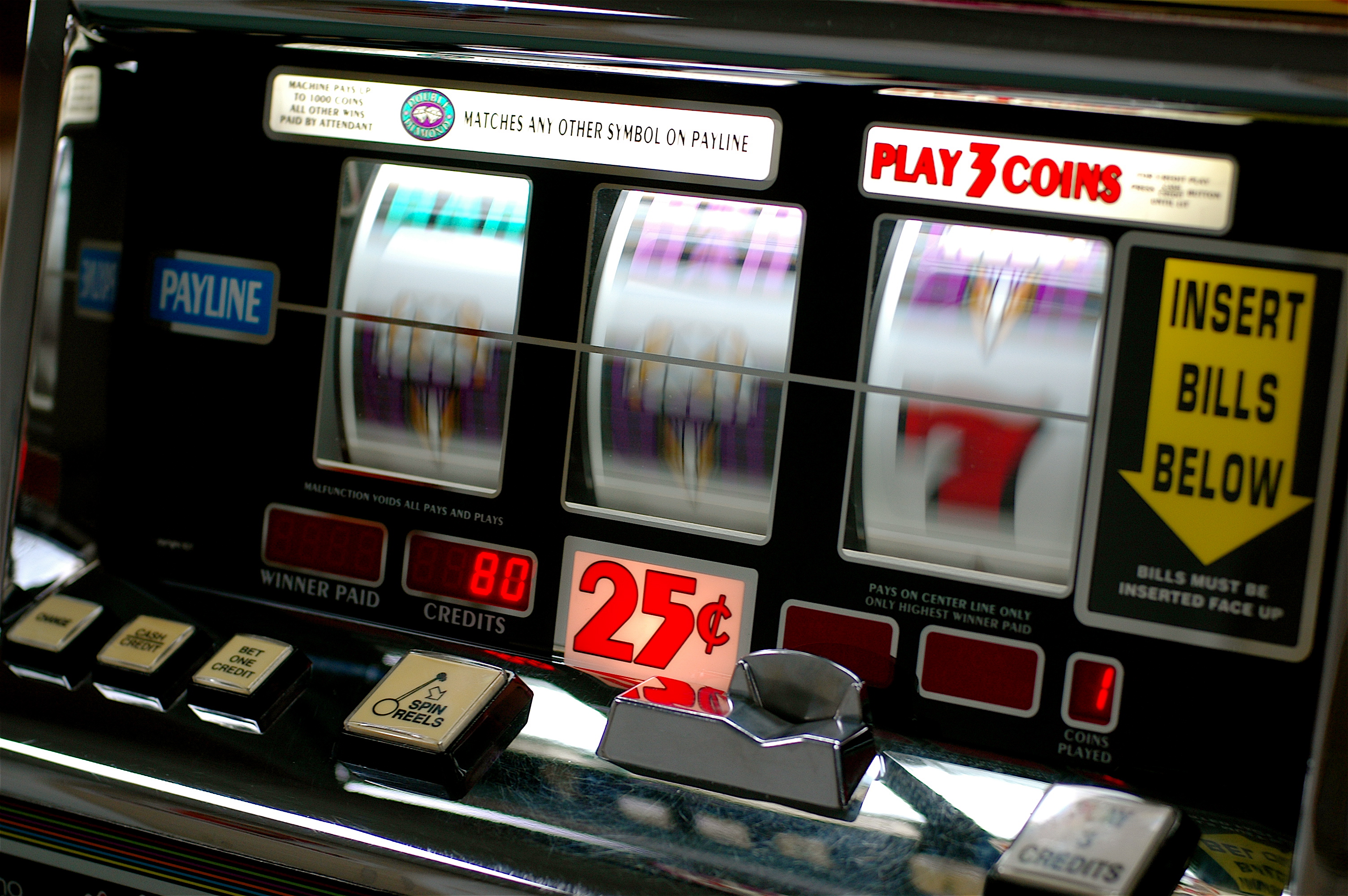Tomorrow is the big day! Tomorrow will officially be the end of Project Capriccio!!
At the dress rehearsal, today, I had someone ask me what happened to my blog posts on practicing? What have I been doing these past couple of days? How come there haven't been any blog posts? I should, after all, be cramming, right? Hmmmmm...let me think about this. How much have I actually been practicing the Lukas Foss Capriccio since Thursday?
The answer: I practiced it 30 minutes on Thursday plus a 30 minute rehearsal, 20 minutes on Friday, none today except for the run-through at the dress rehearsal, and I anticipate none tomorrow.
Now I am honestly not telling you this because I think I deserve a prize. I am telling you this because I want to share the great freedom that comes with learning music and practicing with an engaged, mindful, problem-solving mindset. Forget the hours and hours of mindless, repetitive practice. Forget thinking, "If only I had practiced that more." Forget having to run over the piece over and over again right up until the time you have to walk on stage lest you forget the music. Forget feeling tortured about performing. Try something new!
So why haven't I practiced much these past few days? Here are my reasons:
- In addition to being a musician, I am also a mother to a pre-schooler and a wife. I simply did not have time! I think there are lots of us out there in the same boat. Even when I was a student at music school I didn't feel like I had time to practice. I think there are a few folks that manage to find the time to practice 5 or 6 hours a day, but, well, ugh...that doesn't leave a whole lot of time for anything else.
- I truly believe that there was not much I could have done between Thursday and Sunday to really improve my playing of the piece. I wouldn't be able to trust that it was there.
- It freaks me out to practice a lot right before a program. Anytime I make a mistake it raises my anxiety level. Then I make more mistakes and it goes downhill from there. This is where the "Ignorance is bliss" phrase comes in handy. I really do apply it to this type of recital preparation. I'd rather not know what's not going well and be perhaps painfully naive.
- At the performance, if I have made a lot of mistakes in the days leading up to the recital, all of those little details loom over my head and take over my brain or I have unreasonably high expectations for myself. Then when I do make a mistake, which is inevitable, I become shocked and enraged. Instead of making music, the performance becomes a battle between me beating myself up over ridiculous details and me trying to get myself back into the music. Not a pretty picture!
So what did I do the few times I have practiced these past couple of days? It's pretty simple and there's nothing new here...
- I only practiced spots that I had marked as difficult passages
- I worked first on details like shifts and bowings and then put everything together, starting at a tempo that was slow enough that I could play without making mistakes, without altering the pulse, without my mind freaking out on me, and musically. Then I built the tempo up until it was pretty close to being at performance speed.
- I used lots of rhythms when I could to test the strength of all my fingers.
- When I had time, I went through sections of the piece very slowly, just to listen to intonation
What I didn't do:
- Play through the piece ad nauseum
- Play up-to-tempo
- Repeat hard passages mindlessly and quickly
- Freak out
So am I crazy? Perhaps. But I also feel just fine about tomorrow. In fact, I'm eager to get a chance to play through the piece in its entirety again with my fabulous young pianist (thanks again, Martin!) because I am not sick of it...I am not weary of it...I am not scared. And you know what? That, in my mind, is a wonderful state to be in. I'll take this over the alternative any day.
Ignorance is indeed bliss...
Wait, what am I playing tomorrow?!?!?
;-)
Previous posts in this series:








